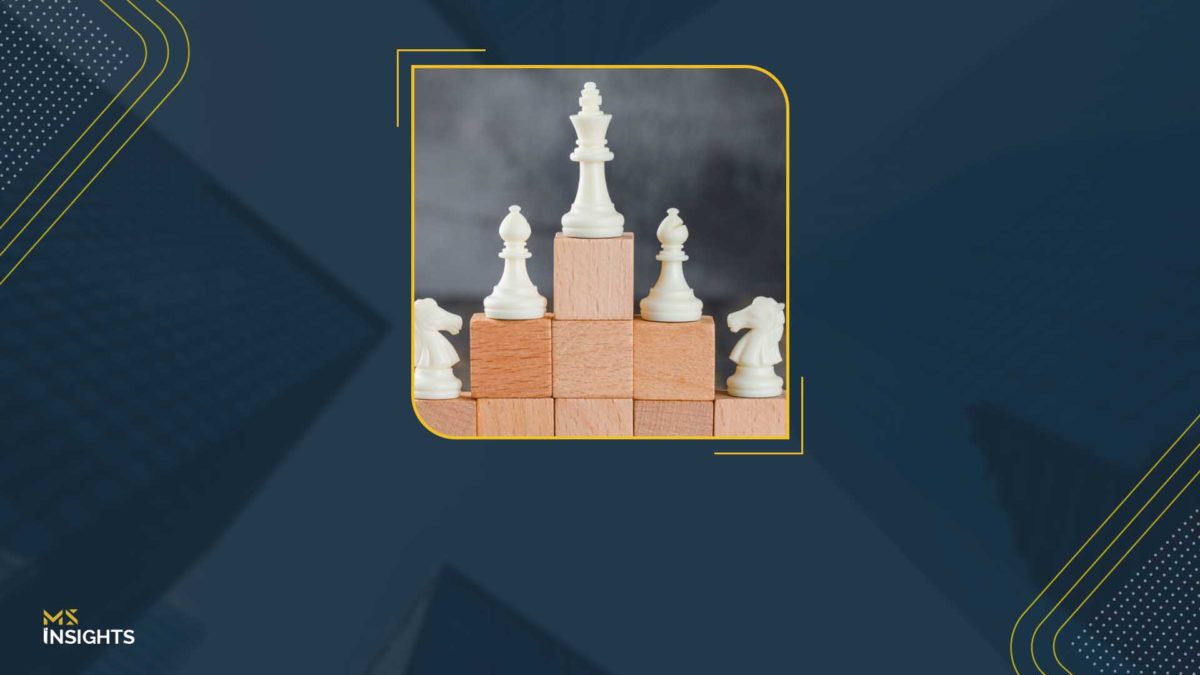The new standalone brand reflects the firm’s commitment to delivering integrated, future-facing solutions in a rapidly transforming region.
MS Group, a leading corporate and professional services firm in the GCC, today introduced Dot&, a new standalone brand that brings together its advisory, talent resourcing, and technology capabilities under one unified identity.
The launch of Dot& reflects MS Group’s response to the structural shifts redefining how institutions grow, from post-pandemic realignment to accelerating investment in non-oil sectors, digital infrastructure, and talent-driven economies. Built on the firm’s track record of multidisciplinary execution, Dot& is designed to support clients to move with greater agility through cross-functional, and future-ready solutions.
“We’re operating in an environment where client challenges are no longer isolated, they’re interdependent, shaped by globalization, technology shifts, and increasing demand for growth with precision,” said Mohammed Shafeek, Founder and CEO of MS Group.
“With the launch of Dot&, we’re creating a dedicated brand to meet those needs head-on. Together, MS and Dot& blend the strength of a legacy firm with the focus of a specialist brand, supporting our clients across strategy, leadership, and innovation.”
The name Dot& symbolizes the firm’s belief that every outcome starts with a clear point, and scales through connection. The “dot” marks the starting point of transformation; the “&” represents the firm’s role in connecting strategy with action, talent with opportunity, and ambition with results.
As the Global South rises, the GCC is fast becoming a strategic hub, investing in non-oil sectors, digital infrastructure, and knowledge industries. Public and private institutions are rethinking their models, drawing global capital, and building national talent pipelines.
Against this backdrop, Dot& serves as a strategic partner, helping institutions translate ambition into action through its core capabilities in leadership, growth, and change. The brand reflects a growing demand for integrated models that move in step with the region’s evolving priorities.
“Dot& was shaped by what we kept hearing from the ground: the need for sharper insight, faster action, and deeper accountability”, said Rajas Basheer, Head of M&A and Deals at Dot&.
“We’ve always worked closely with clients, not just advising from a distance, but building alongside them,” said Akhil Vijayan, Head of Executive Search at Dot&. “With Dot&, we’ve shaped a platform that reflects what the region really needs right now: relevant insight, hands-on implementation, and leadership that fits the moment. Our teams understand the landscape because we’re in it and that makes a real difference when the stakes are high.”
Dot& is structured for regional realities, combining contextual intelligence, implementation depth, and on-ground capability. It is a long-term investment in measurable outcomes for leaders shaping the Gulf’s next era of growth.
About MS Group
MS is a corporate and professional service provider that brings together a team of multidisciplinary professionals to offer expertise in corporate, compliance, advisory, tax accounting, and executive search services to private and international clients. With 50+ professionals across four offices, including a strong UAE and Qatar presence, MS helps private clients, corporates, and institutions take bold actions that accelerate growth across the Gulf.









